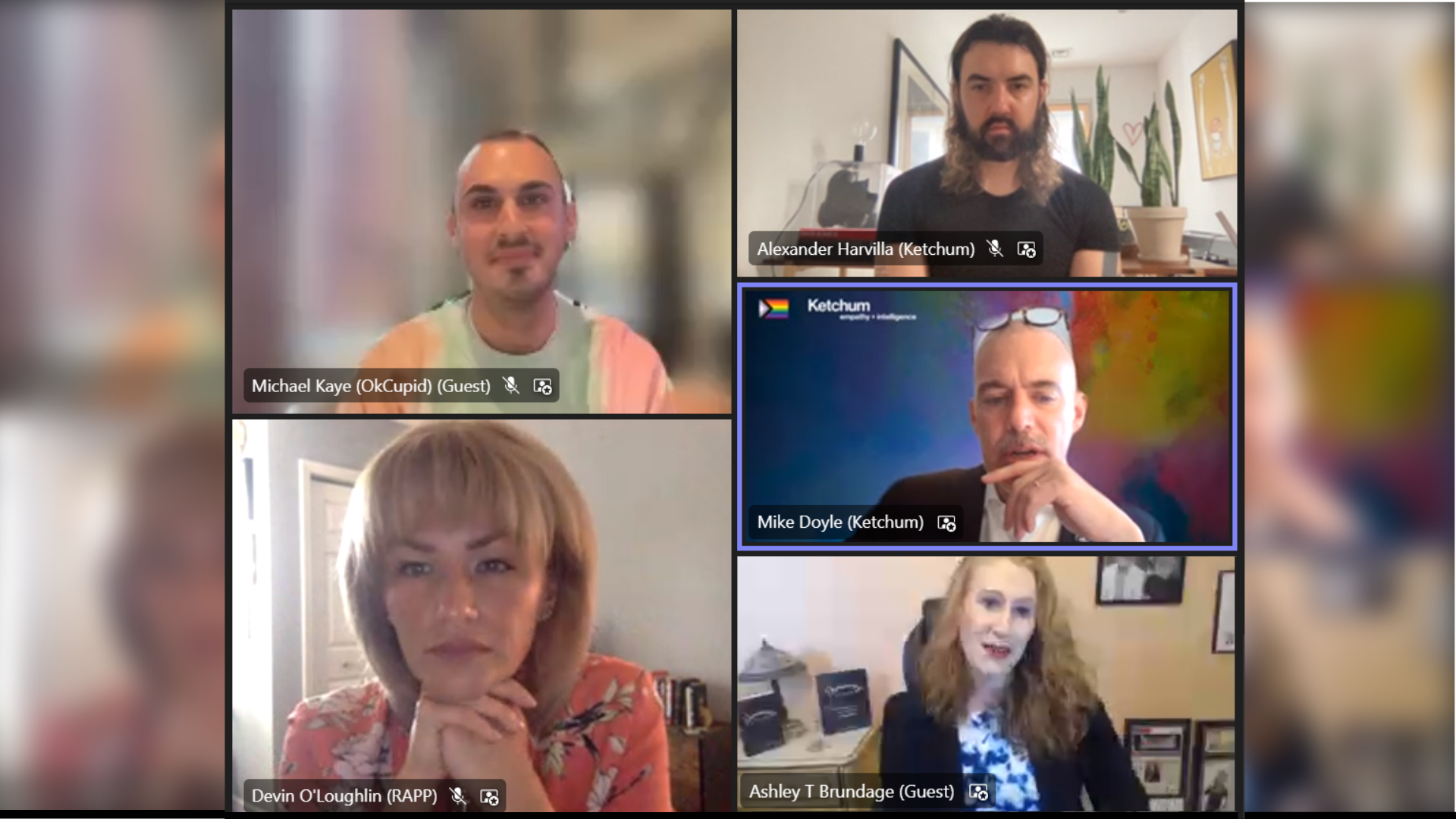Over the past several months, you may have seen headlines in top-tier business media about companies releasing workforce diversity data. In some instances, these companies shared the data in tandem with new representation commitments. Some companies have boldly connected their commitments to executive pay and bonuses, while others are investing in their employees by focusing their dollars on systemic changes to foster recruitment, executive sponsorship, retention and advancement.

We anticipate seeing similar headlines over the coming weeks and months as companies prepare to submit the government-mandated Employment Information Report (EEO-1), which collects employee data on race, gender and ethnicity by job type/level. This report is required to be submitted to the U.S. Dept. of Labor’s Equal Opportunity Commission every year by companies that employ more than 100 people or contractors with the federal government with 50 or more employees and at least $50,000 in contracts.
It’s important to note that companies do not have to release this information publicly—it’s not required by law. But disclosing this data is quickly becoming a reputation table stake, because media, analysts and other stakeholders know that the data doesn’t lie—it’s the truest metric of an organization’s progress in creating an employee base that is diverse, equitable and inclusive.
We’ve had the opportunity to help several clients navigate how best to communicate their workforce diversity data, and through this process we’ve gained a few key learnings.
1. Accept that the data likely won’t be good. Remember that releasing this data is an exercise in transparency while managing risk. It is about your organization proving to the world that it can be introspective about the problem at hand and thoughtful about what it is going to do to solve it.
2. Avoid the spin. How you talk about the data is as important, if not more so, than the actual data. The formula for success is almost always the same: Acknowledge the problem, make meaningful commitments to do better, follow through on your commitments and take us on the journey. This is about pointing your corporate arrow in the right direction—and being humble and honest every step of the way.
3. Once you release the data, there’s no going back. Plan to share this information—including any progress—at least once a year. Your stakeholders will expect to see progress in the numbers and whatever other accompanying commitments you make.
4. Expect your data and actions to be compared to those of your industry peers and competitors. Before sharing this data, it’s a good practice to see how your company stacks up in your industry. On the one hand, you should be prepared if your data falls below industry benchmarks. On the other, there could be metrics where your company is doing better than the industry as a whole. What is the opportunity for leadership within your field? This may be the time when comparison to the competition is a good thing.
5. Socialize and pressure-test the messaging and communications strategy. It’s important that your internal stakeholders are in alignment before this information is shared publicly—whether internally, externally or both. Understand and determine what commitments can be made to improve the data over time. It’s equally important to also prepare for the tough questions and potential backlash.
We encourage you to approach your workforce diversity data with the same rigor you’d give to reporting financial data and the same mindset you’d bring to tough conversations on race, gender and other social justice issues. The mantra so often applied to DE&I conversations— “Get comfortable with being uncomfortable”—is one that must also be applied when communicating workforce diversity data. Because the reality is, whether you release the data or not, each of your most valued stakeholders—employees and customers alike—are paying very close attention.
Want to have a conversation about workforce diversity reporting, or DE&I at your organization more generally? Just reach out.



